Unveiling the Best Spot Welder for Home Projects with Essential Insights and Expert Tips
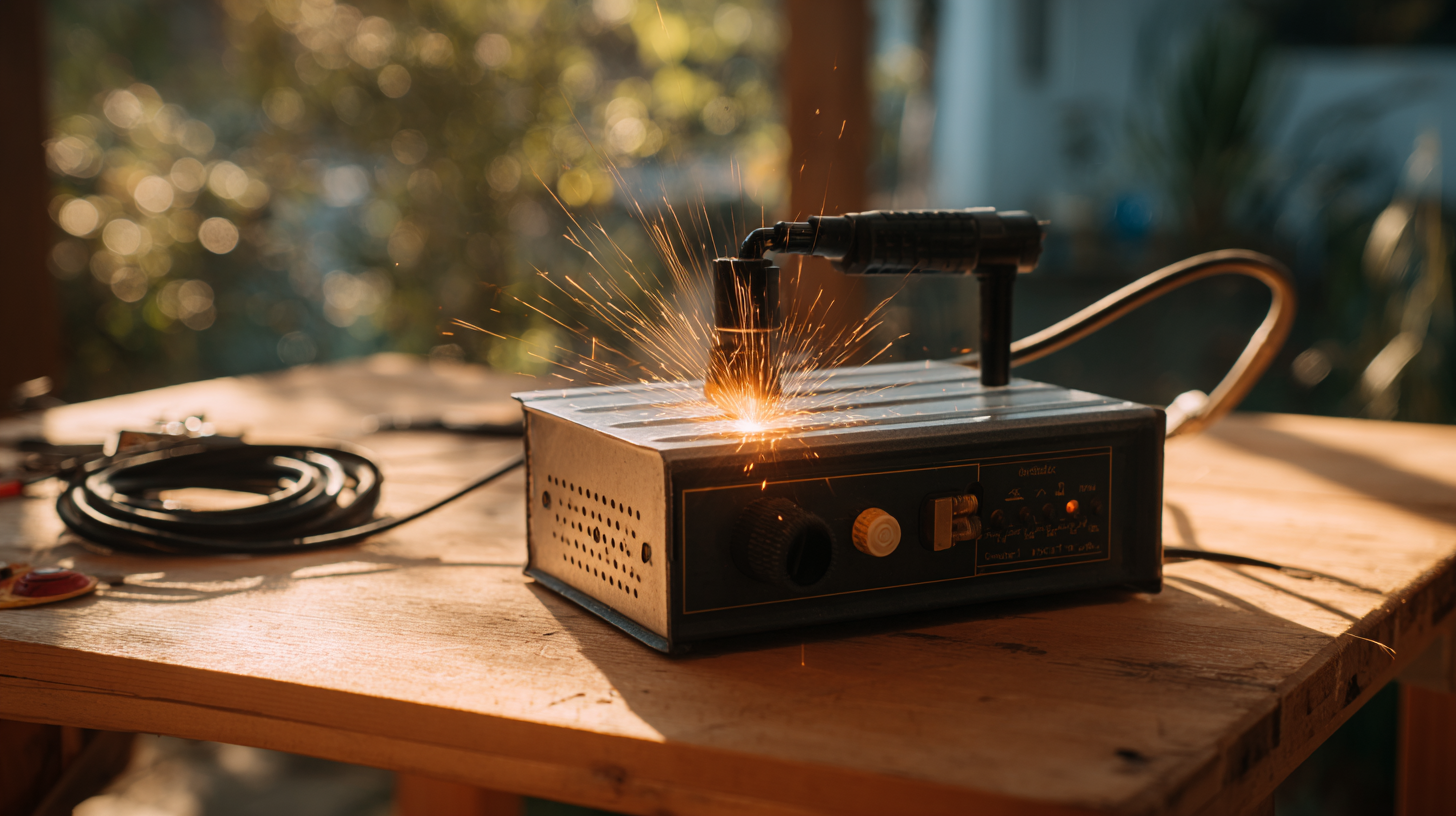 In recent years, the demand for DIY home projects has surged, pushing hobbyists and professionals alike to seek the best tools that can enhance their craftsmanship. One essential tool in this toolkit is the spot welder, a device lauded for its ability to create strong, durable welds with precision. According to a report by the American Welding Society, the global spot welding equipment market is projected to reach $7.5 billion by 2025, underscoring the growing interest and investment in this area. As we delve into the quest for the best spot welder, it’s crucial to rely on insights from industry experts who understand the nuances of these devices.
In recent years, the demand for DIY home projects has surged, pushing hobbyists and professionals alike to seek the best tools that can enhance their craftsmanship. One essential tool in this toolkit is the spot welder, a device lauded for its ability to create strong, durable welds with precision. According to a report by the American Welding Society, the global spot welding equipment market is projected to reach $7.5 billion by 2025, underscoring the growing interest and investment in this area. As we delve into the quest for the best spot welder, it’s crucial to rely on insights from industry experts who understand the nuances of these devices.
One such expert, Dr. Emily Carter, a welding technology specialist, states, “Selecting the best spot welder can significantly enhance both the quality of the work and the efficiency of the process.” Her expertise emphasizes the importance of choosing the right spot welder, particularly when working on home projects that require a fine balance of strength and finesse. In this article, we will unveil the top 10 spot welders that stand out in the market today, guiding you through essential insights and expert tips to help you make an informed decision for your next project. Embrace the art of welding and elevate your home projects with the best spot welder designed for both amateurs and seasoned professionals alike.
Essential Features to Look for in a Home Spot Welder
When selecting a home spot welder, there are several essential features to consider that can significantly impact your welding projects' efficiency and quality. One of the most critical aspects is the machine’s power output, typically measured in amps. According to the American Welding Society, a spot welder designed for home use should ideally operate between 100 to 200 amps to effectively weld materials like mild steel. Higher amp ratings allow for a wider range of materials and thicknesses, ensuring versatility in various DIY projects.
Another crucial feature to evaluate is the electrode life and type. High-quality electrodes are essential for ensuring consistent welds. Industry studies indicate that using copper tips can enhance durability and heat dissipation, thereby improving overall performance. Moreover, look for models with adjustable timer settings; this provides better control over the welding process, allowing for precision welding tailored to specific material thicknesses. This level of control not only enhances the quality of the weld but also prolongs the machine's lifespan by preventing overheating. A well-rounded home spot welder should also offer portability, ensuring you can easily move it for use in different areas of your project space.
Analysis of Spot Welder Features for Home Projects
Comparative Review of the Top 5 Spot Welders for Home Use
When it comes to tackling DIY projects at home, choosing the right spot welder can make a significant difference in the quality and durability of your welds. In our comparative review of the top five spot welders for home use, we evaluated critical aspects such as power output, ease of use, and portability. Each model was assessed on its performance in various materials, ensuring that hobbyists and professionals alike can find the perfect match for their needs.

Among the top contenders, the Miller Multimatic 215 stands out for its versatility, accommodating both MIG and TIG welding. Its user-friendly interface and ability to handle a wide range of metals make it an excellent choice for both beginners and experienced welders. Another noteworthy mention is the Lincoln Electric SP-140T, which is praised for its robust build quality and precise control settings, ensuring clean and consistent welds. Ultimately, these spot welders not only enhance productivity but also empower DIY enthusiasts to achieve professional-level results from the comfort of their homes.
Expert Tips for Choosing the Right Spot Welder for Your Projects
When selecting the right spot welder for your home projects, it's crucial to consider several factors to ensure you make an informed decision. First, assess the materials you'll be working with, as different welders excel with various metals. For instance, a welder with a higher amperage is ideal for joining thicker metals, while lower amperage units are suitable for thin sheets. Additionally, look for adjustable settings, which allow you to fine-tune the heat and pressure according to your specific needs.
Another essential tip is to evaluate the power source of the spot welder. Battery-operated models offer portability, making them ideal for outdoor projects, while plug-in options typically provide more consistent power and are better for heavier-duty tasks. User-friendliness is also a key consideration; opt for a model with clear controls and a sturdy design. Furthermore, reading reviews and seeking recommendations from experienced users can provide insight into the reliability and durability of the welder, helping you choose a tool that’ll serve you well for various home projects.
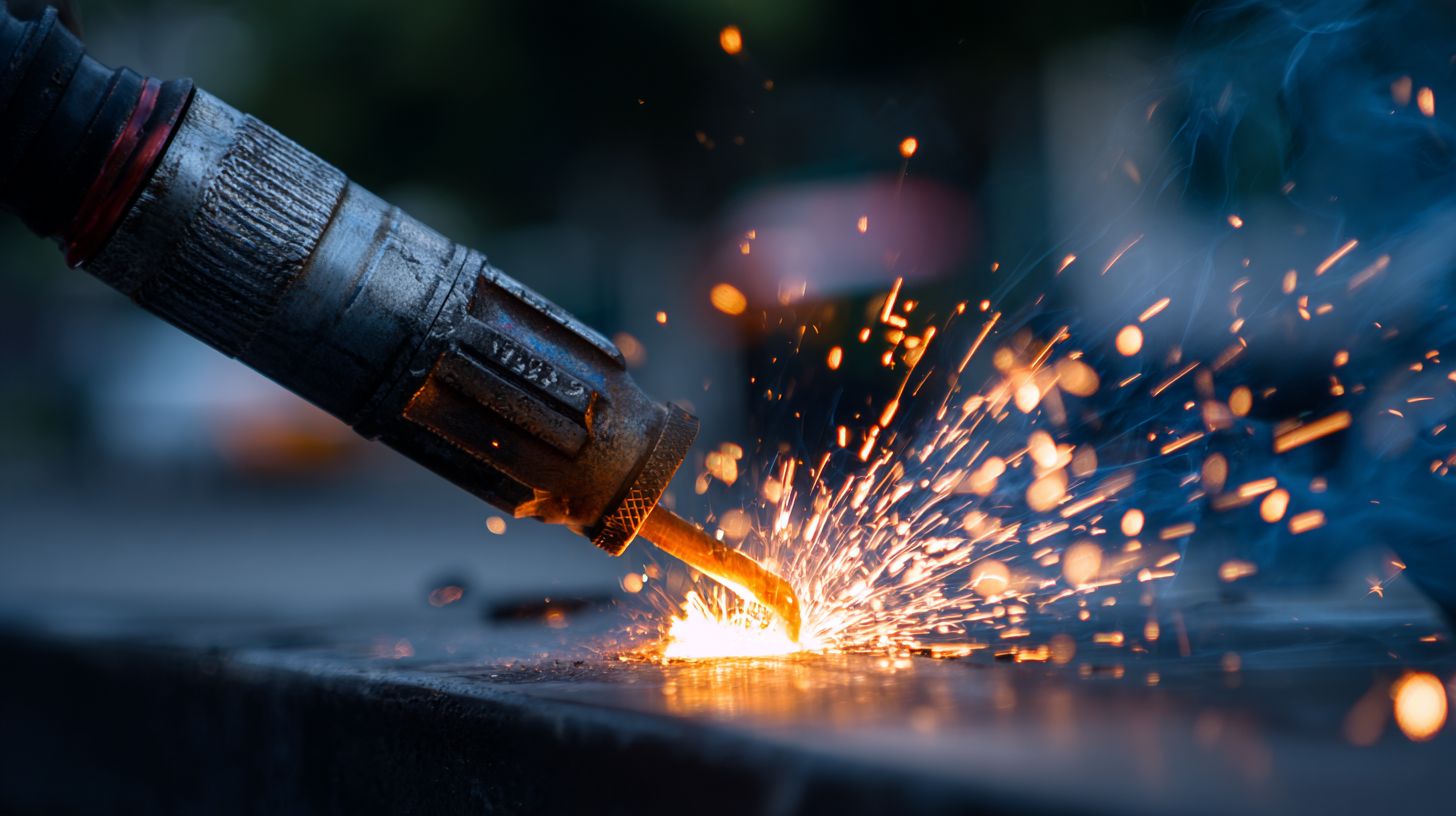
Common Mistakes to Avoid When Using a Spot Welder
Spot welding is a critical skill for many home improvement enthusiasts, but several common mistakes can lead to poor results or safety hazards. One prevalent issue is improper preparation of the workpieces; ensuring that surfaces are clean and free from contaminants is vital for achieving a strong bond. For instance, inadequate cleaning can result in weak welds which may not hold up under stress, undermining the integrity of the finished project. Additionally, using the wrong spot welding tips can lead to uneven heating and inconsistent weld quality, contributing to potential failures in application.
Moreover, safety should be a top priority when using a spot welder. Wearing proper protective gear, including gloves and eye protection, can mitigate risks from spark exposure or burns. According to industry reports, mishandling equipment during battery pack construction—where spot welders are commonly employed—has led to significant safety incidents. It emphasizes the need for users to understand their equipment thoroughly and to follow proper operational protocols. By avoiding these pitfalls, welders can improve their craftsmanship and ensure their projects are safe and durable.
Maintenance and Care: Extending the Life of Your Spot Welder
To ensure the longevity and efficiency of your spot welder, regular maintenance and care are crucial. Start by keeping the welder clean; dust and debris can accumulate on the electrodes and cooling fins, which can negatively impact performance. Use a soft cloth and non-corrosive cleaner to wipe down the outer surfaces and a wire brush or specialized cleaning tool for the electrodes. This will not only enhance the welder’s performance but also promote even heating during the welding process.
Additionally, check the electrical connections and cables periodically. Loose or damaged cables can lead to inconsistent welding quality or safety hazards. Tighten any loose connections and replace worn-out cables promptly. Don’t forget to inspect the cooling system; overheating is one of the most common issues that can jeopardize the lifespan of your equipment. If your model includes a cooling fan, ensure it's functioning properly to prevent overheating during extended use. By following these maintenance tips, you can significantly extend the life of your spot welder and improve the quality of your home projects.
Related Posts
-
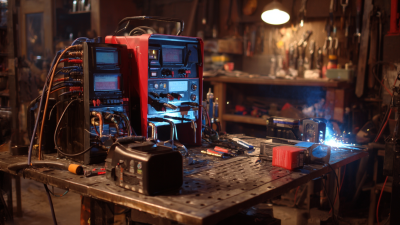
Understanding the Essential Components of MIG Welding Equipment for Beginners
-
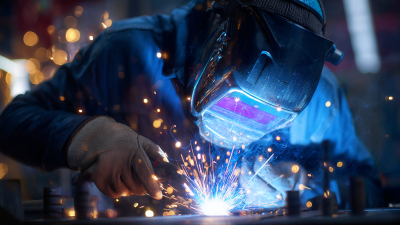
Ultimate Guide to Mobile Welding Techniques for Every DIY Enthusiast
-
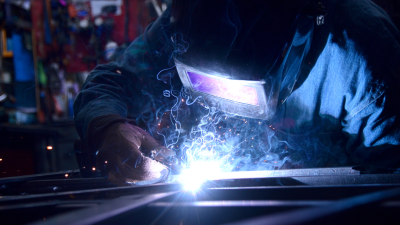
The Science Behind Welding Metal Techniques for Stronger Fabrications
-

Spot Welding Machines: Revolutionizing Manufacturing Efficiency and Quality in 2023
-
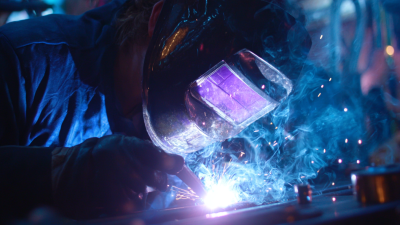
Ultimate Guide to Starting Your Own Mobile Welding Business in 2023
-
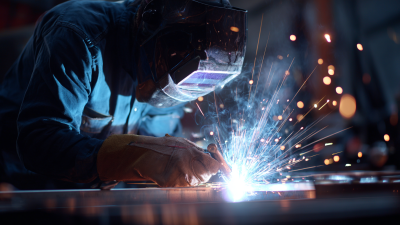
Revolutionizing Industrial Manufacturing: The Future of Seam Welding Machines in Modern Applications

Contact us
Please fill out the enquiry form, and our dedicated team will promptly attend to your request